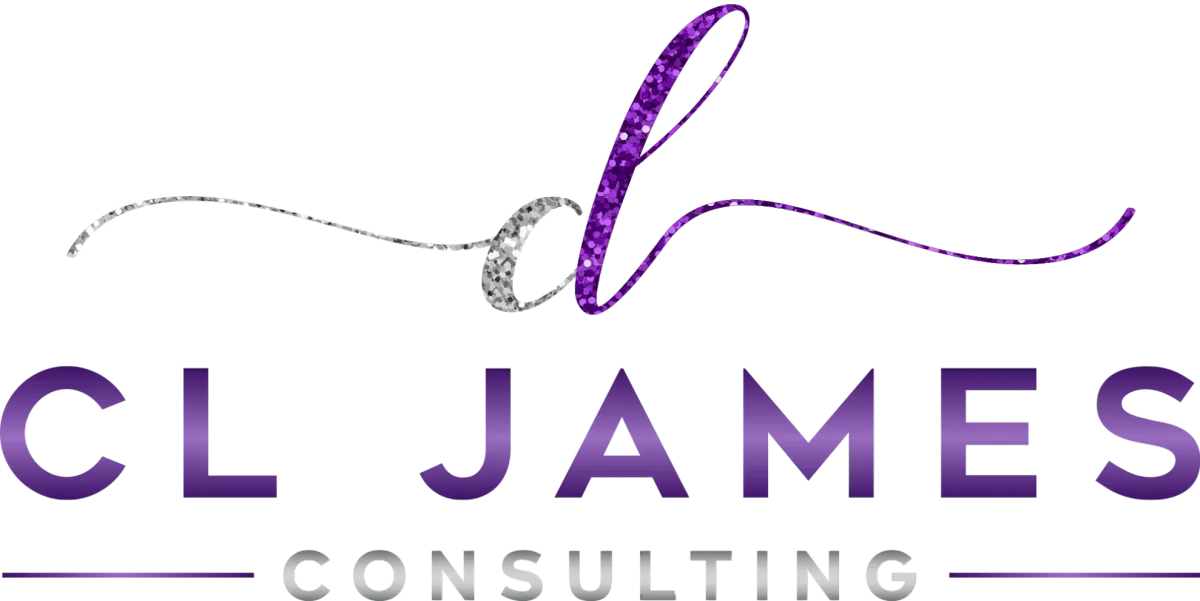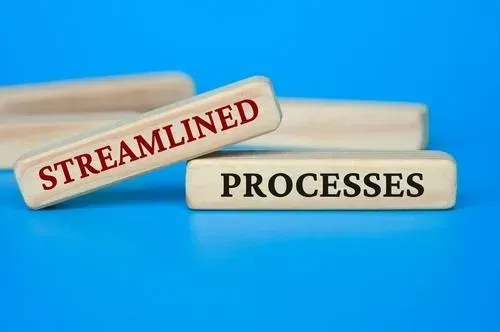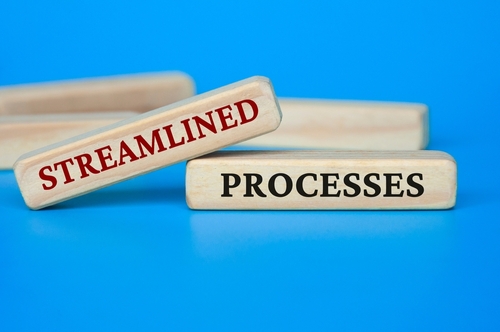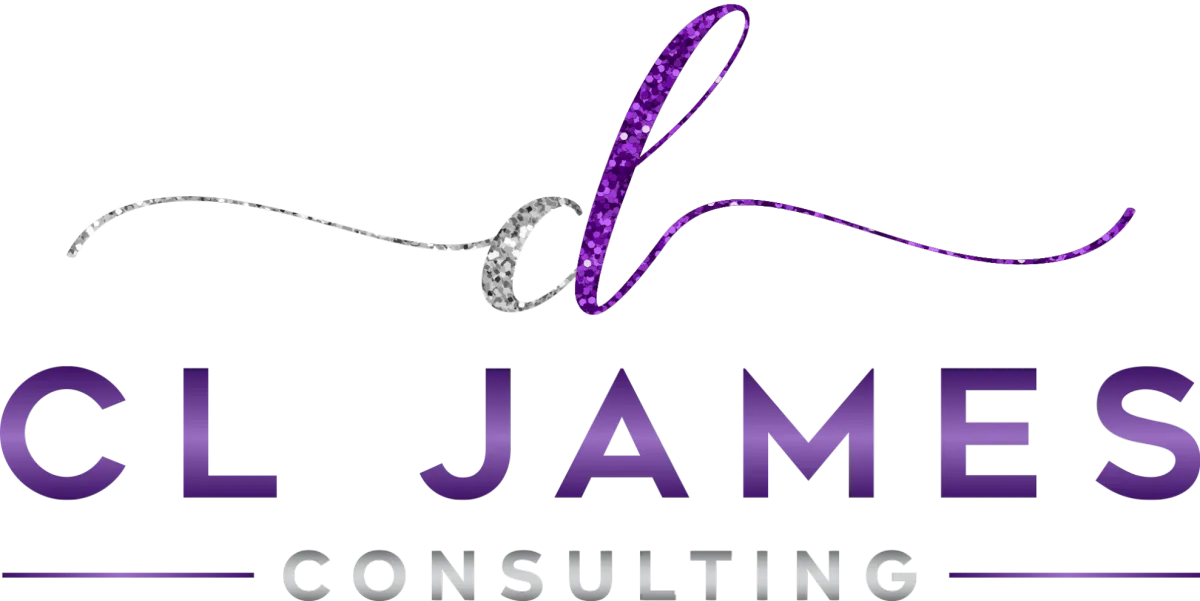
Insights for Aspiring CEOs
Welcome to Leader's Lounge, your dedicated space for deep-diving into the world of female entrepreneurship. Here, you'll
find a rich collection of articles tailored to inspire, educate, and empower you on your journey from solo entrepreneur
to successful CEO. Whether you're looking for the latest strategies in business automation, tips on effective leadership,
or ways to enhance operational efficiency, our blog is designed to support your growth and spark
significant transformation. Dive in and discover how to turn your business visions into actionable
realities while joining a community of like-minded leaders.
Welcome to Leader's Lounge, your dedicated space for deep-diving into the world of female entrepreneurship. Here, you'll
find a rich collection of articles tailored to inspire, educate, and empower you on your journey from solo entrepreneur to successful CEO. Whether you're looking for the latest strategies in business automation, tips on effective leadership, or ways to enhance operational efficiency, our blog is designed to support your growth and spark significant transformation. Dive in and discover how to turn your business visions into actionable
realities while joining a community of like-minded leaders.

From Manual to Automated: How to Transition Your Service Business to Streamlined Operations
From Manual to Automated: How to Transition Your Service Business to Streamlined Operations

Does your service business rely heavily on manual processes? Do you spend more time on administrative tasks than growing your business and serving your customers? It’s time to consider automating your operations.
Automating your service business doesn’t have to be complicated or expensive. With the right tools and strategies, you can streamline your processes, improve your customer experience, and increase profitability. This blog post shows you how to transition from manual to automated operations in five steps.
Evaluate your current processes.
The first step in transitioning to automated operations is to evaluate your existing processes. Conduct a thorough review of your workflows, from lead generation to customer support, and identify areas that can be automated. This will help you determine the tools and systems you need to implement to streamline your operations.
For example, if you spend much time manually scheduling appointments with customers, consider implementing an online booking system. This will allow customers to schedule appointments independently, freeing up time for you to focus on other tasks.
Choose the right tools and systems.
Once you’ve identified the areas that can be automated, it’s time to choose the right tools and systems. Look for software and apps that integrate seamlessly with your existing processes and offer the features and functionality you need to streamline your operations.
For example, if you need to automate your invoicing and billing process, consider using accounting software like QuickBooks or Xero. These platforms allow you to create and send invoices, track expenses, and manage your finances all in one place.
Train your team
Transitioning to automated operations requires buy-in from your team. Ensure everyone understands the benefits of automation and how to use the new tools and systems. Provide training and support as needed to ensure everyone is on the same page.
Test and refine your processes
Testing and refining your processes is essential once you’ve implemented your new tools and systems. Monitor how your new workflows are working and make adjustments as needed. This will help you optimize your operations for maximum efficiency.
Monitor your results
Finally, it’s essential to monitor your results. Keep track of key metrics like customer satisfaction, response time, and profitability. Use this data to identify areas needing improvement and celebrate your successes.
Transitioning from manual to automated operations can seem daunting, but it’s necessary for service businesses looking to stay competitive and profitable. By following these five steps, you can streamline your processes, improve your customer experience, and free up time to focus on growing your business. Remember to evaluate your processes, choose the right tools and systems, train your team, test and refine your processes, and monitor your results. With the right strategy and mindset, you can successfully transition to automated operations.
🏷️COO, digital growth, increased profits, OBM, online business manager, operational improvement


Join Our Mailing List
Each month I’ll perform a forward-facing ‘what-if’ analysis of a business to highlight potential opportunities or concerns. Get these and other business operations/strategy tips by adding your email address here


Join Our Mailing List
Each month I’ll perform a forward-facing ‘what-if’ analysis of a business to highlight potential opportunities or concerns. Get these and other business operations/strategy tips by adding your email address here


Take Home
Worksheet
Every keynote includes a worksheet to enable all of your attendees to put the concepts heard in the keynote into practice the very next day.
We will work with you to integrate these exercises with your existing post-event planning.